Search titles
Displaying results 51 to 60 of 179.
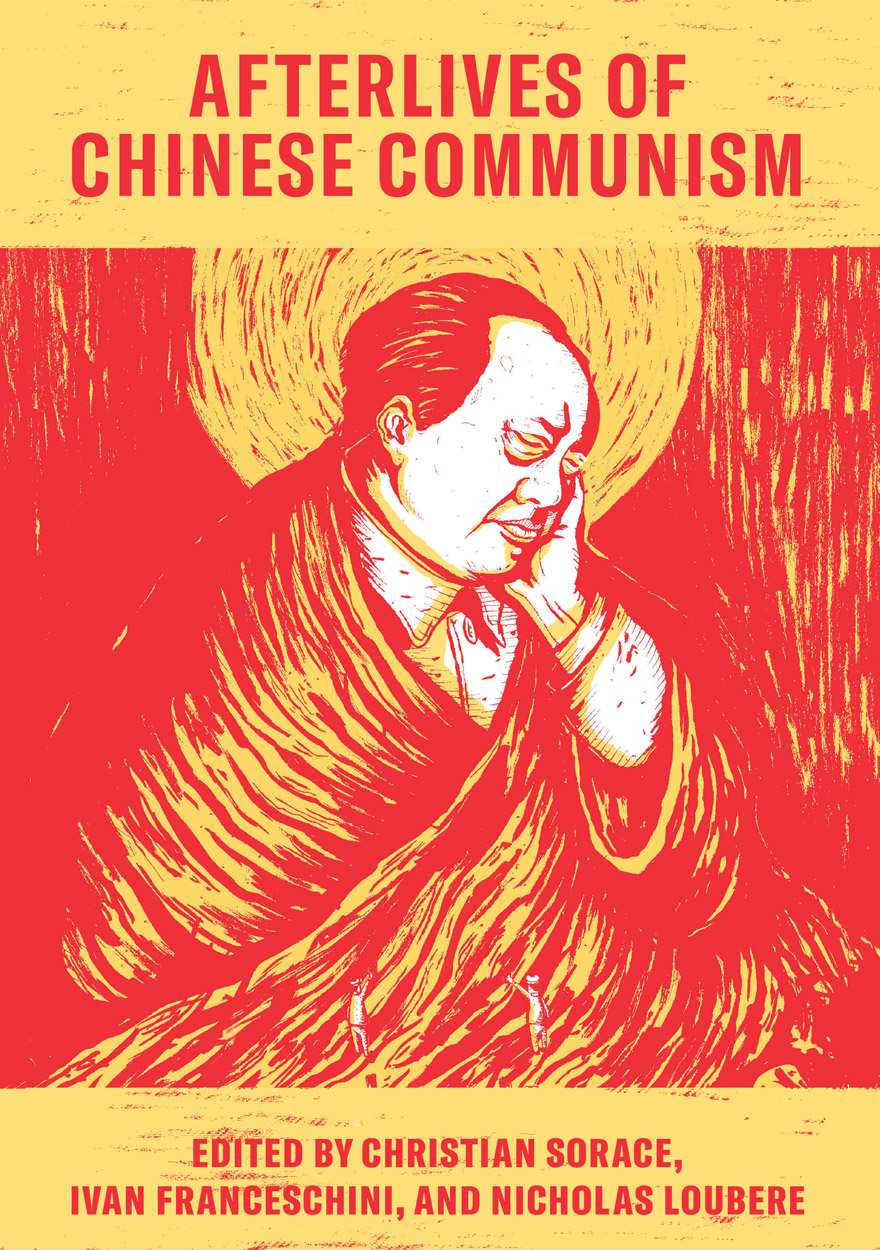
Afterlives of Chinese Communism »
Political Concepts from Mao to Xi
Publication date: June 2019
Afterlives of Chinese Communism comprises essays from over fifty world- renowned scholars in the China field, from various disciplines and continents. It provides an indispensable guide for understanding how the Mao era continues to shape Chinese politics today. Each chapter discusses a concept or practice from the Mao period, what it attempted to do, and what has become of it since. The authors respond to the legacy of Maoism from numerous perspectives to consider what lessons Chinese communism can offer today, and whether there is a future for the egalitarian politics that it once promised.

East Asia Forum Quarterly: Volume 11, Number 2, 2019 »
Publication date: June 2019
The global debate on China is becoming more polarised. Is the Chinese economy robust or on the brink of collapse? Does the concentration of power in the hands of President Xi reflect a weaker or more confident China? Is the Belt and Road Initiative a platform for improving global infrastructure, or a strategy to make developing countries more dependent on China? And is Beijing succeeding in its overseas influence campaign, or has China’s global influence diminished in the face of a backlash?In this special issue of East Asia Forum Quarterly, experts from within and outside China force us to confront the complicated, evolving, and often contradictory forces shaping Chinese society, politics, economics and global affairs.
East Asia Forum Quarterly grew out of East Asia Forum (EAF) online, which has developed a reputation for providing a platform for the best in Asian analysis, research and policy comment on the Asia Pacific region in world affairs. EAFQ aims to provide a further window onto research in the leading research institutes in Asia and to provide expert comment on current developments within the region. The East Asia Forum Quarterly, like East Asia Forum online, is an initiative of the East Asia Forum (EAF) and its host organisation, the East Asian Bureau of Economic Research (EABER) in the Crawford School of Economics and Government in the College of Asia & the Pacific at The Australian National University.
Download for free
Not available for purchase
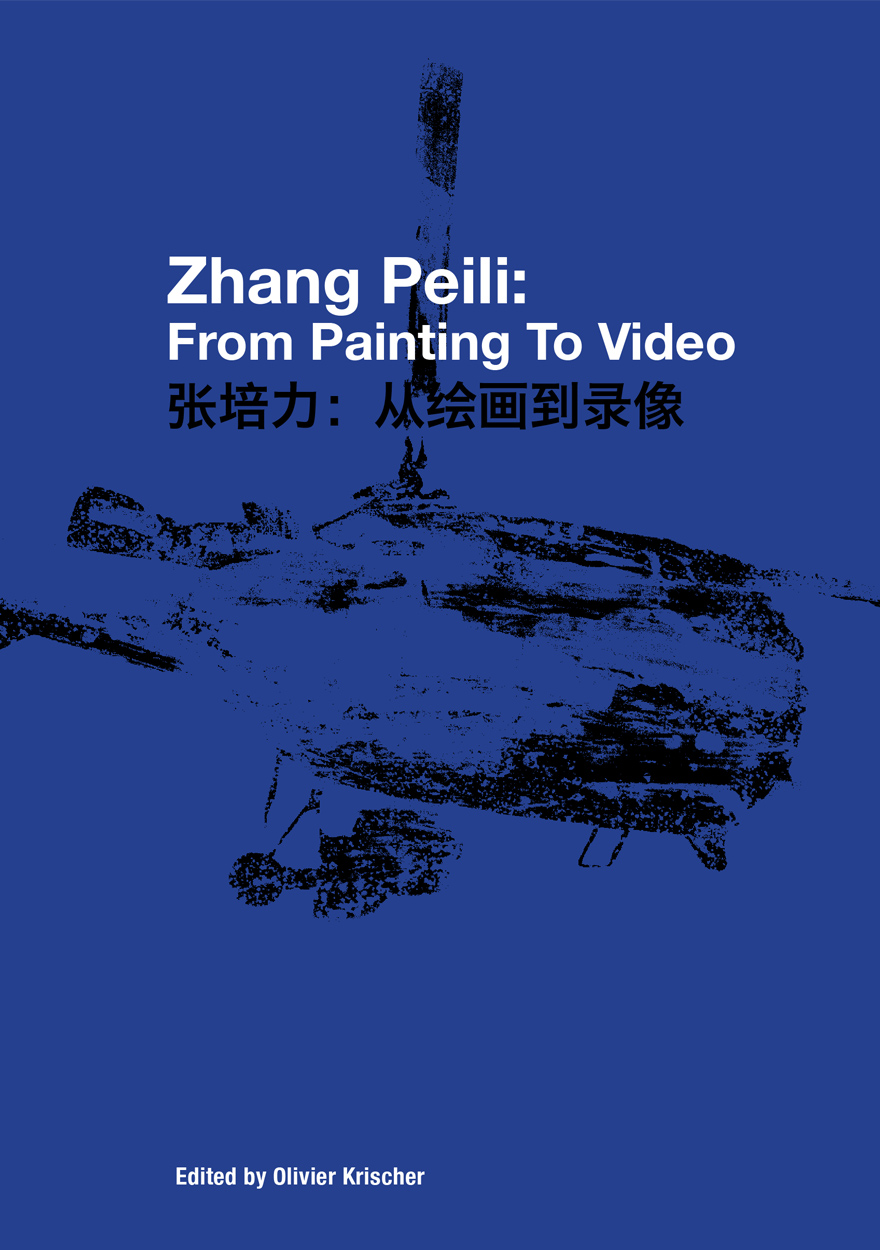
Zhang Peili »
From Painting to Video
Edited by: Olivier Krischer
Publication date: June 2019
In 2014, New York-based artist Lois Conner gifted one of pioneering Chinese artist Zhang Peili’s last paintings to The Australian National University’s newly opened Australian Centre on China in the World. Never exhibited and thought lost, the reemergence of Flying Machine (1994) prompts an exploration of the relation between painting and video in the oeuvre of Zhang Peili. Given Zhang’s significance as a leading conceptual painter in the 1980s, then as a media art pioneer and educator in the 1990s and 2000s, Zhang Peili: From Painting to Video is also a nuanced study of broader developments in Chinese contemporary art’s history. Featuring contributions by historian Geremie R. Barmé, photographer Lois Conner, art historians John Clark, Katie Grube, and Olivier Krischer, and curator Kim Machan, these essays together challenge the narrative of Zhang as ‘the father of Chinese video art’, highlighting instead the conceptual consistency, rigour, and formal experimentation in his work, which transcends a specific medium. By equal measure, the book embraces longstanding connections as integral to its meaning, connections between artists, curators and researchers, collaborators, colleagues and friends through China and Australia.

International Review of Environmental History: Volume 5, Issue 1, 2019 »
Edited by: James Beattie
Publication date: May 2019
International Review of Environmental History takes an interdisciplinary and global approach to environmental history. It encourages scholars to think big and to tackle the challenges of writing environmental histories across different methodologies, nations, and time-scales. The journal embraces interdisciplinary, comparative and transnational methods, while still recognising the importance of locality in understanding these global processes.
The journal's goal is to be read across disciplines, not just within history. It publishes on all thematic and geographic topics of environmental history, but especially encourage articles with perspectives focused on or developed from the southern hemisphere and the ‘global south’.
Download for free
Not available for purchase
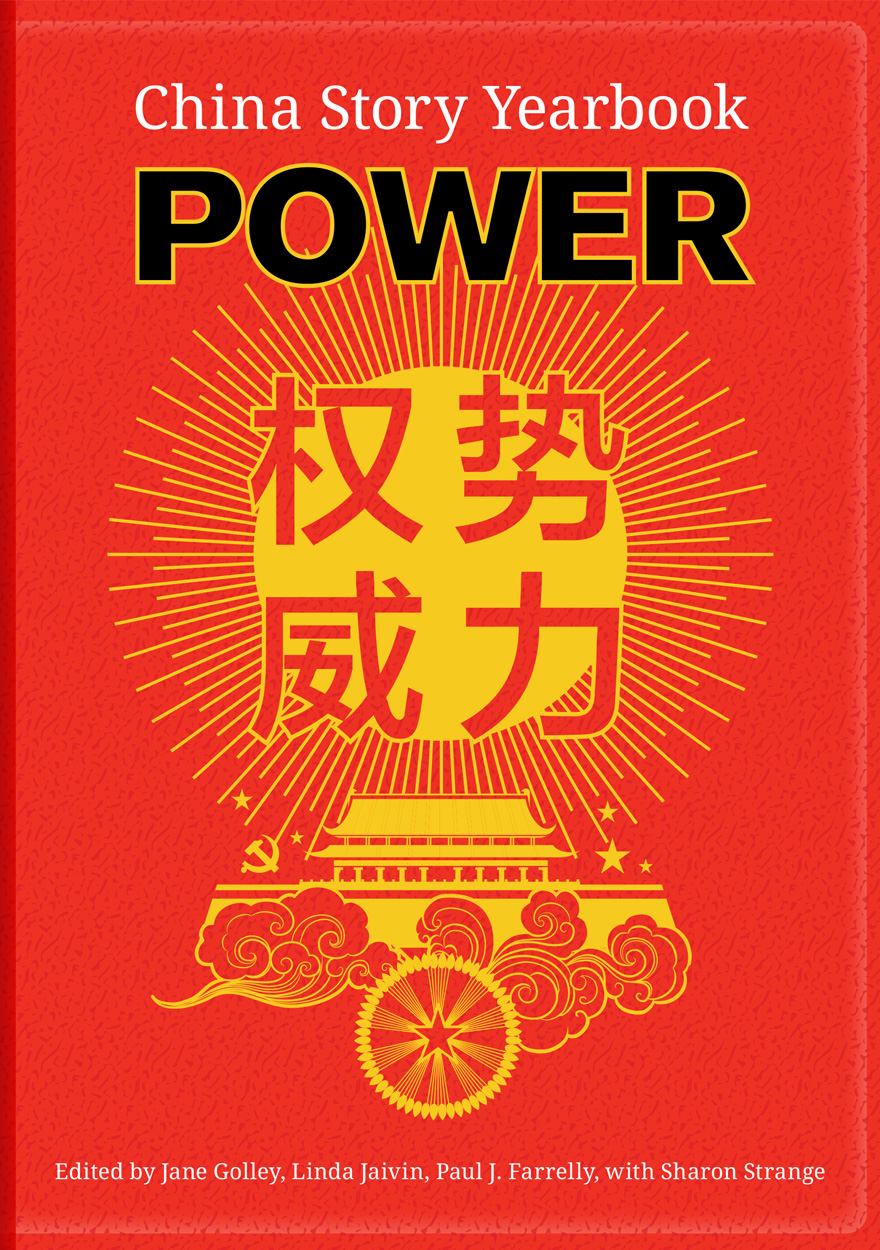
Power »
Edited by: Jane Golley, Linda Jaivin, Paul J. Farrelly, Sharon Strange
Publication date: April 2019
In 2018, the People’s Republic of China (PRC) was, by most measures, more powerful than at any other time in its history and had become one of the most powerful countries in the world. Its economy faced serious challenges, including from the ongoing ‘trade war’ with the US, but still ranked as the world’s second largest. Its Belt and Road Initiative, meanwhile, continued to carve paths of influence and economic integration across several continents. A deft combination of policy, investment, and entrepreneurship has also turned the PRC into a global ‘techno-power’. It aims, with a good chance of success, at becoming a global science and technology leader by 2049 – one hundred years from the founding of the PRC.
In surveying the various ways in which the Party-state wields its hard, soft, and sharp power, the China Story Yearbook: Power offers readers a sense of the diversity of power at work both in China and abroad. Citizens of the PRC have long negotiated the state’s influence; increasingly, diaspora communities and other actors are now being subject to its might. As with previous editions in the series, we place important developments in historical context, and adopt a cross-disciplinary approach: it is our view that economy and politics cannot be divorced from culture, history, and society. The Yearbook provides accessible analysis of the main events and trends of the year and is an essential tool for understanding China’s growing power and influence around the world.
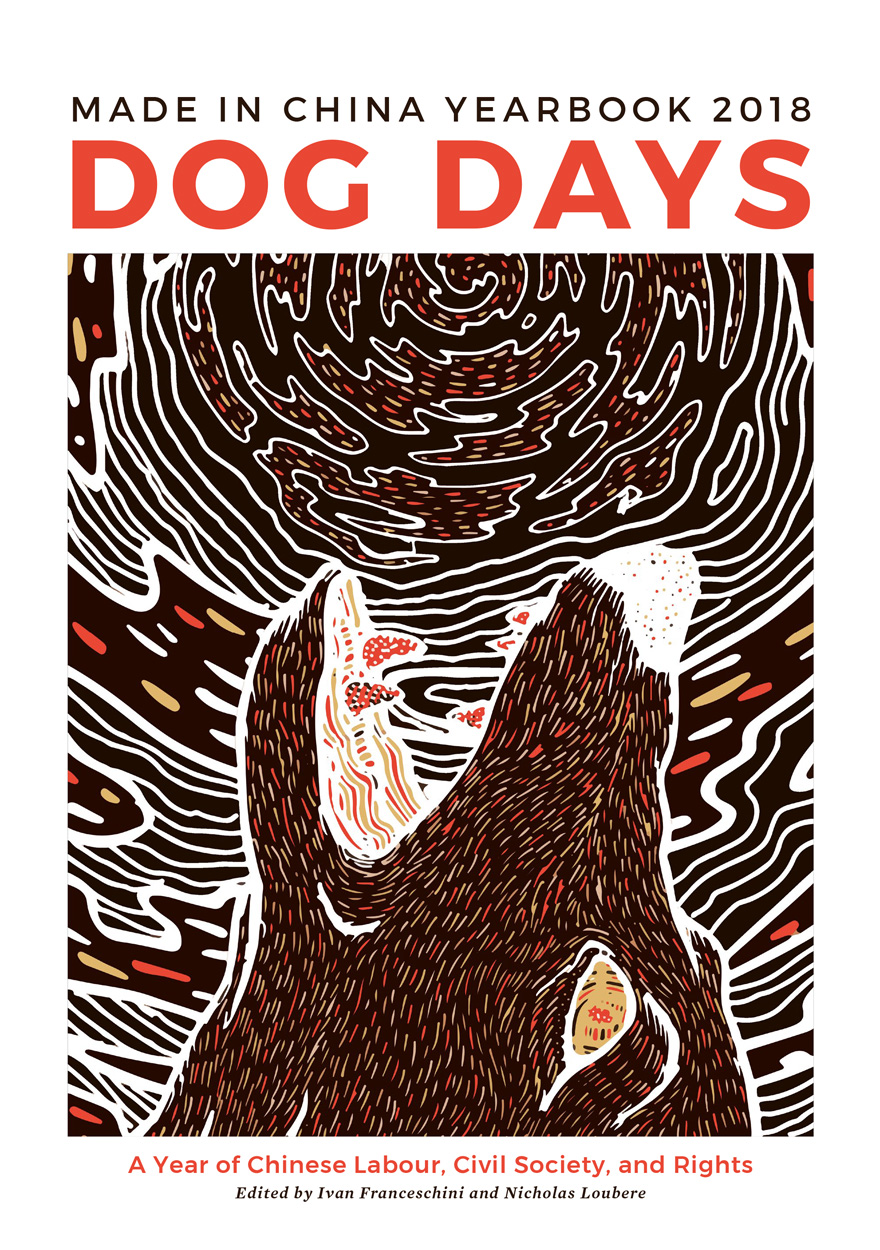
Dog Days »
Made in China Yearbook 2018
Edited by: Ivan Franceschini, Nicholas Loubere
Publication date: April 2019
According to the Chinese zodiac, 2018 was the year of the ‘earthly dog’. In the middle of the long, hot, and feverish dog days of the summer of 2018, some workers at Shenzhen Jasic Technology took their chances and attempted to form an independent union. While this action was met by the harshest repression, it also led to extraordinary demonstrations of solidarity from small groups of radical students from all over the country, which in turn were immediately and severely suppressed. China’s year of the dog was also imbued with the spirit of another canine, Cerberus—the three-headed hound of Hades—with the ravenous advance of the surveillance state and the increasing securitisation of Chinese society, starting from the northwestern region of Xinjiang. This Yearbook traces these latest developments in Chinese society through a collection of 50 original essays on labour, civil society, and human rights in China and beyond, penned by leading scholars and practitioners from around the world.
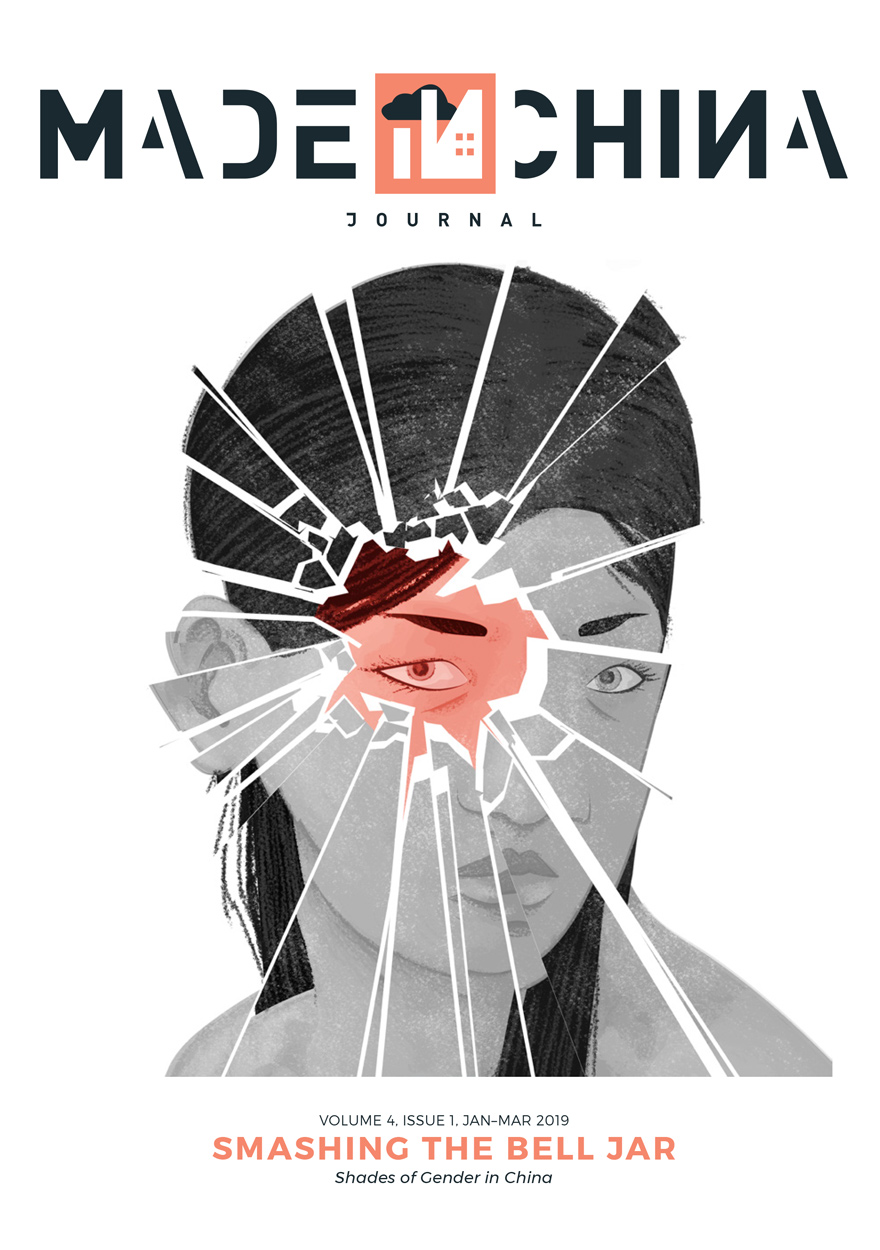
Made in China Journal: Volume 4, Issue 1, 2019 »
Edited by: Ivan Franceschini, Nicholas Loubere
Publication date: March 2019
Sun and moon have no light left, earth is dark; / Our women’s world is sunk so deep, who can help us? / Jewelry sold to pay this trip across the seas, Cut off from my family I leave my native land. / Unbinding my feet I clean out a thousand years of poison, / With heated heart arouse all women’s spirits. / Alas, this delicate kerchief here / Is half stained with blood, and half with tears.
— Qiu Jin, 1904 (translated by Jonathan Spence)
As she bode farewell to China in the summer of 1904, early revolutionary Qiu Jin penned these words to bemoan the fate of herself and of uncountable Chinese women. She was leaving behind her husband—whom she had married out of obligation—and two young children to go to study in Japan. Having returned to China, she would continue to engage in revolutionary activities, and was ultimately beheaded by the Qing authorities in July 1907 at the age of 31. Martyrdom made her into a legend. More than a century later, bound feet belong to another age and kerchieves stained with blood and tears have become an overused trope in revolutionary literature. Still, Qiu Jin’s spirit is more alive than ever in a whole new generation of Chinese feminists who are fighting for women’s rights—a renewed attempt to smash the bell jar of China’s patriarchal society. This issue of the Made in China Journal offers a series of perspectives on the plight and struggles of women and sexual minorities in today’s China.
Download for free
Not available for purchase
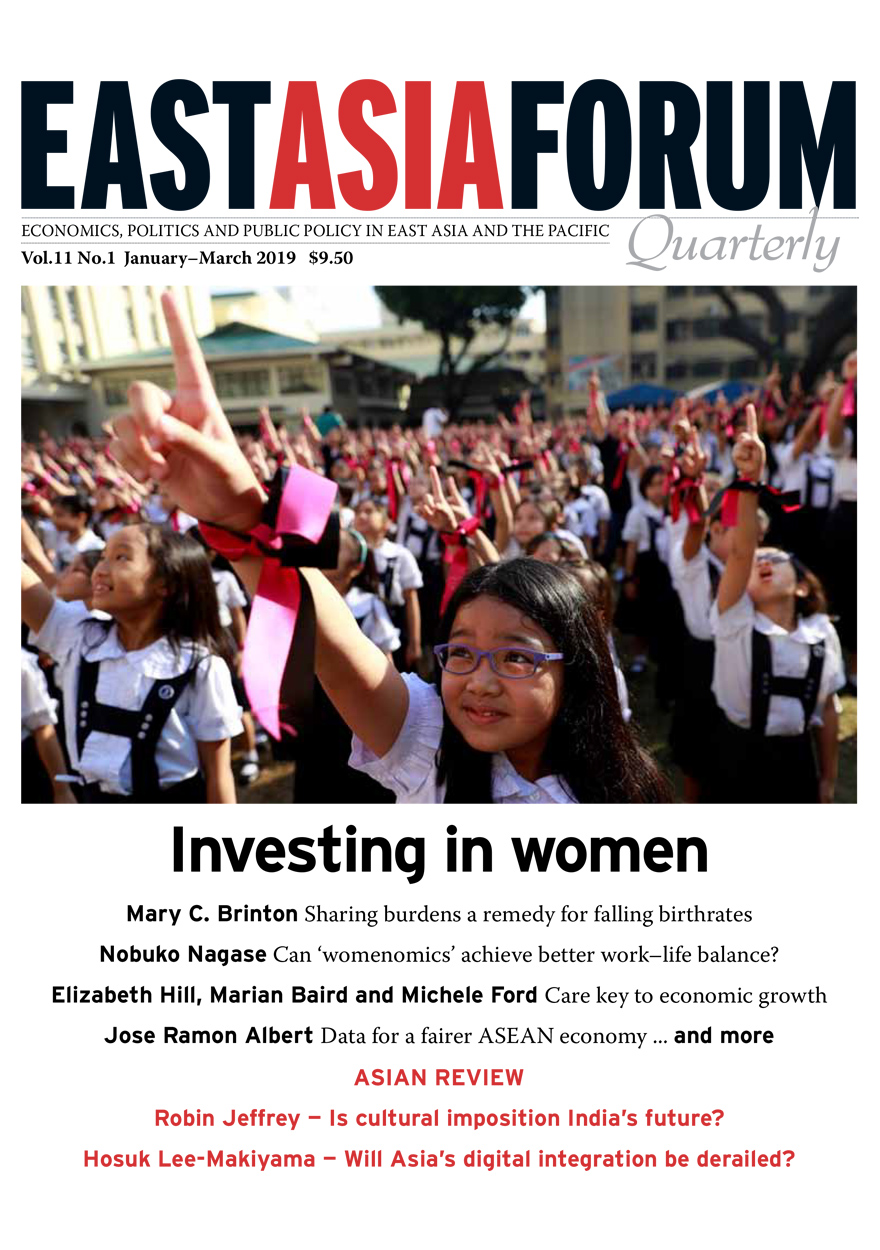
East Asia Forum Quarterly: Volume 11, Number 1, 2019 »
Publication date: March 2019
This issue of East Asia Forum Quarterly touches on key economic and social questions that affect gender equality in Southeast Asia and East Asia, delving beneath the aggregates and measurement challenges. Strengthening the evidence base is critical to building the policy toolkit and shaping public investments that ensure no woman or man is left behind.
East Asia Forum Quarterly grew out of East Asia Forum (EAF) online, which has developed a reputation for providing a platform for the best in Asian analysis, research and policy comment on the Asia Pacific region in world affairs. EAFQ aims to provide a further window onto research in the leading research institutes in Asia and to provide expert comment on current developments within the region. The East Asia Forum Quarterly, like East Asia Forum online, is an initiative of the East Asia Forum (EAF) and its host organisation, the East Asian Bureau of Economic Research (EABER) in the Crawford School of Economics and Government in the College of Asia & the Pacific at The Australian National University.
Download for free
Not available for purchase
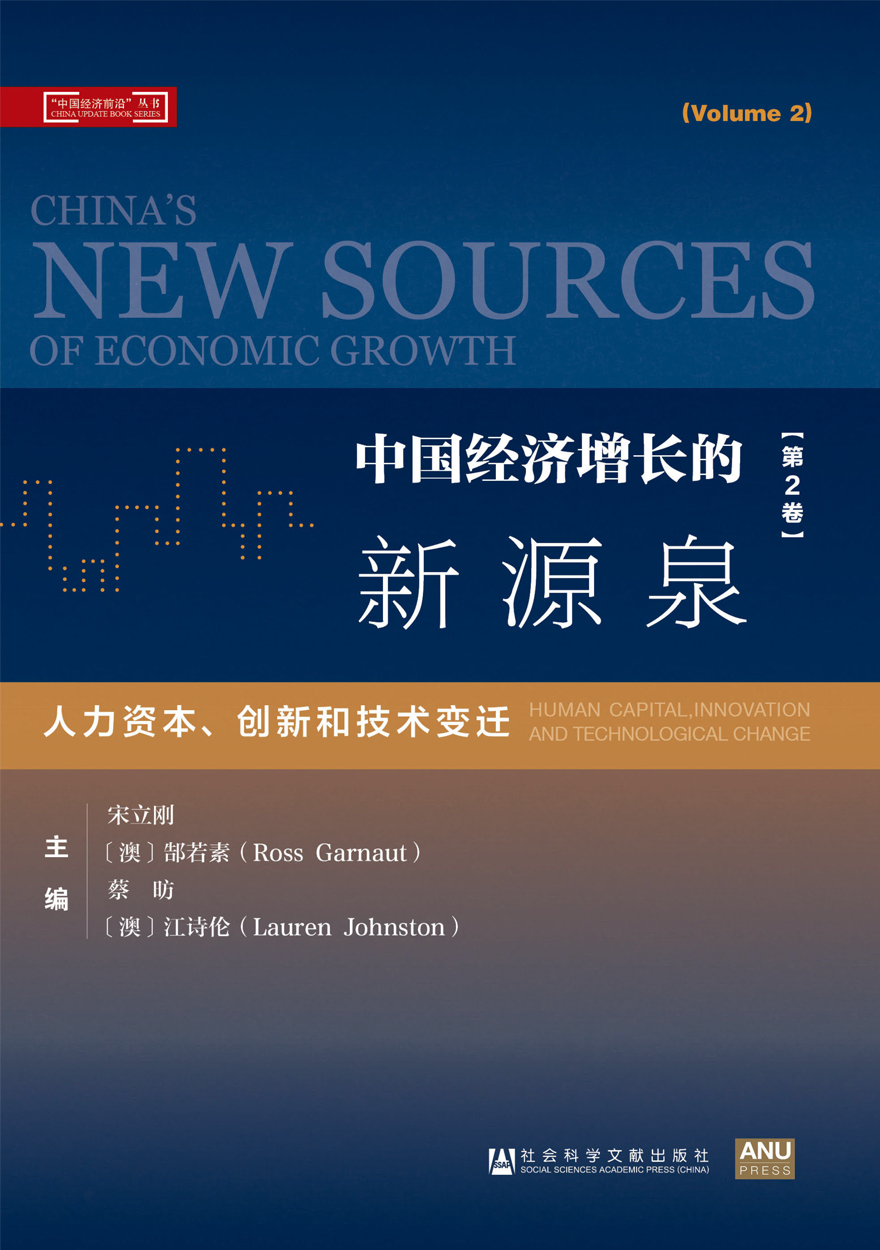
China's New Sources of Economic Growth: Vol. 2 (Chinese version) »
人力资本、创新和技术变迁
Edited by: 宋 立刚, Ross Garnaut, 蔡 昉, Lauren Johnston
Publication date: March 2019
本书试图对人力资本、创新和技术变迀在转型经济中的作用做深层次分析,并讨 论中国的经历在何种方式上为中国自身和其他国家提供了重要的经验教训。我们生活 在一个现代技术越来越多地影响着我们方方面面生活的全新时代。虽然中国正付出极 大努力通过增加人力资本和技术创新来完成经济结构调整和转型,但仍面临巨大的挑 战。为此,本书深入研究了人力资本、创新和技术变迀在影响中国经济增长模式和中 国经济总体发展格局中的作用,考察了宏观经济最新发展情况以及教育和创新发展的 趋势,还研究了结构变化是如何为中国获得一系列更先进增长驱动力做好准备的。
Chinese print version of this book is available from Social Science and Academic Press

Made in China Journal: Volume 3, Issue 4, 2018 »
Edited by: Ivan Franceschini, Nicholas Loubere
Publication date: December 2018
In December 2018, the Chinese authorities commemorated the 40th anniversary of China’s reform and opening up. These four decades of unprecedented economic growth and transformation have been rooted in a fundamental socioeconomic restructuring. Contemporary China has changed from a largely agrarian society predominantly inhabited by peasants, to a rapidly urbanising one, characterised by a floating populace moving back and forth between rural and urban spaces, which are in a continuous state of flux. Going hand in hand with China’s ascent into modernity is the subordination of rural areas and people. While rural China has historically been a site of extraction and exploitation, in the post-reform period this has intensified, and rurality itself has become a problem. This issue of Made in China focuses on the labour that these attempts to restructure and reformulate rural China have entailed, and the ways in which they have transformed rural lives and communities.
Download for free
Not available for purchase



